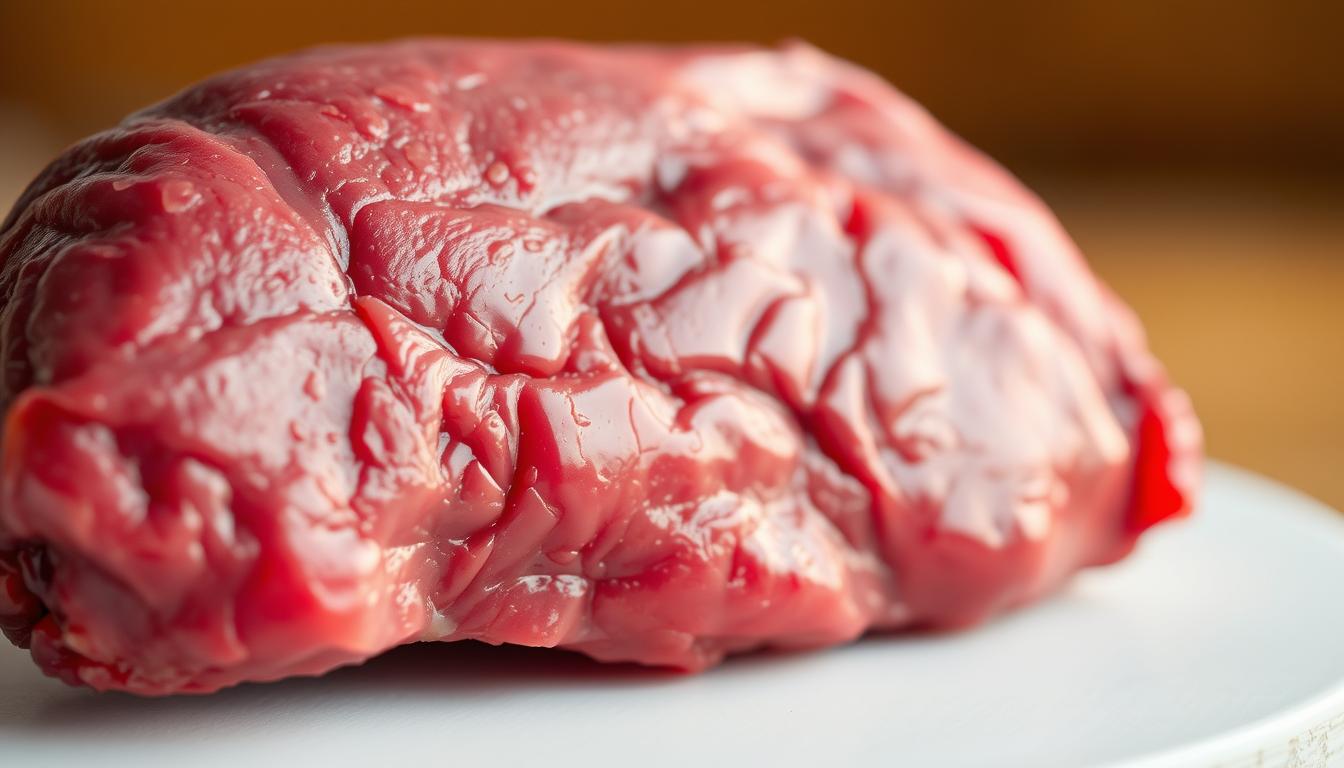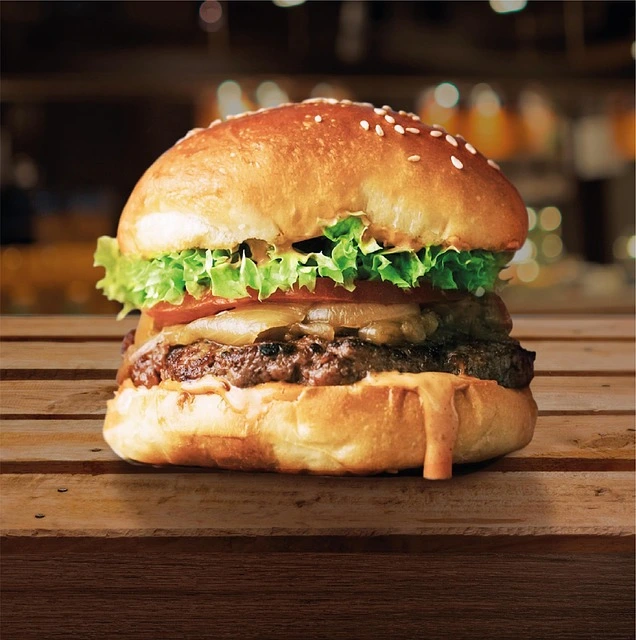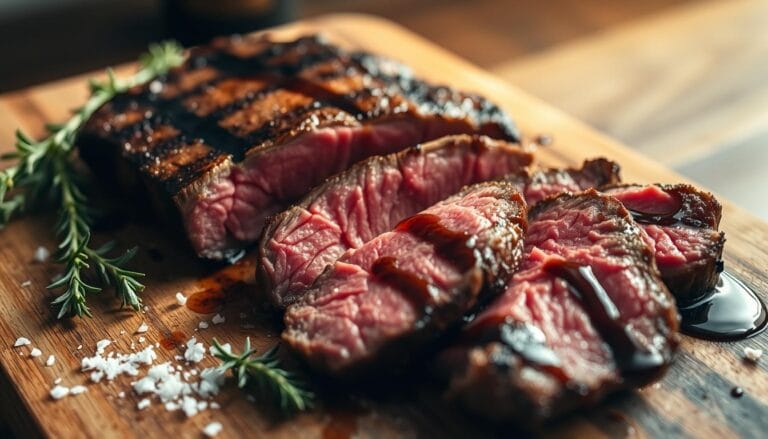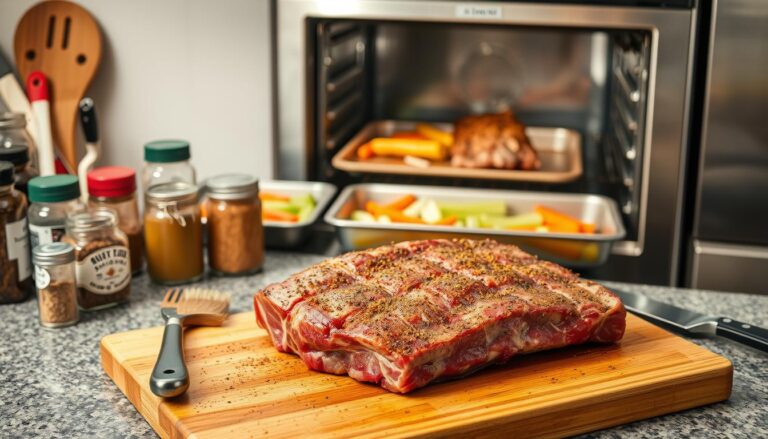Unlock Beef Liver Nutrition Facts for a Healthier You
Have you ever wondered why some foods pack more punch than others? Imagine a single ingredient loaded with vitamins, minerals, and protein—yet often overlooked in modern diets. That’s the power of beef liver, a superfood hiding in plain sight.
Once a staple in traditional meals, it’s now less common despite its incredible benefits. Rich in iron, vitamin A, and B12, it supports energy, immunity, and overall health. But like any food, balance is key. Some people need to enjoy it in moderation.
This guide will help you weigh the pros and cons. You’ll discover why this ingredient deserves a spot in your diet—or when to skip it. Let’s dive into the facts so you can make the best choice for your wellness journey.
Table of Contents
Unlock Beef Liver Nutrition Facts for a Healthier You
Key Takeaways
- Packed with essential nutrients, including iron and B vitamins.
- Offers more protein per serving than most muscle meats.
- May not suit everyone due to high vitamin A levels.
- Historically valued but less popular in modern diets.
- Balanced consumption is key for maximizing benefits.
What Is Beef Liver?
Behind the scenes of every healthy diet lies an unsung hero. Beef liver, a nutrient-packed organ meat from cattle, has fueled bodies for centuries. Unlike typical muscle meats, it’s a powerhouse of vitamins and minerals.
This vital organ filters toxins, produces bile, and stores key nutrients. It’s also a complete protein source, containing all essential amino acids your body needs. Historically, cultures worldwide prized it—now, it’s less common but just as potent.
In the U.S., you’ll find it at most grocery stores or butchers. Compared to chicken or calf liver, beef liver has a denser texture and richer flavor. Whether pan-fried or blended into recipes, it’s an affordable way to boost your diet.
Beef Liver Nutrition: A Powerhouse of Nutrients
Not all proteins are created equal—some deliver more bang for your bite. This organ meat stands out with a rare blend of macros and micronutrients. Just 100 grams provides 29 grams of protein, covering over 25% of its weight.
Key Vitamins and Minerals
Beyond protein, it’s loaded with iron, B12, and vitamin A. These support energy, red blood cell production, and vision. A single serving also offers copper and folate, crucial for nerve function.
Protein and Caloric Content
With 189 calories per 3-ounce portion, it’s efficient fuel. The 5 grams each of fat and carbs make it keto-friendly. Here’s how it compares to other protein sources:
| Food (100g) | Protein (grams) | Calories |
|---|---|---|
| Beef Liver | 29 | 189 |
| Chicken Breast | 31 | 165 |
| Salmon | 25 | 208 |
Its complete amino acid profile aids muscle repair. For weight loss, it promotes satiety while preserving lean mass. Yet, overconsumption may strain kidneys—balance is key.
Health Benefits of Beef Liver
Your body thrives on nutrient-dense foods that fuel vitality from within. Packed with vitamins and minerals, this superfood supports everything from sharp thinking to strong bones. Here’s how it works.
Boosts Energy and Brain Function
Struggling with fatigue or brain fog? The B12 in this food helps convert meals into energy. It also aids neurotransmitter production, keeping your mind sharp.
Supports Immune and Bone Health
Your immune system gets a major upgrade. Vitamin A activates white blood cells to fight pathogens, while zinc speeds up immune responses.
For bones, it’s a triple threat:
- Phosphorus (476mg per serving) strengthens bone structure.
- Vitamin K teams up with calcium to prevent osteoporosis.
- Selenium shields cells from damage, aiding long-term health.
Together, these nutrients create a shield for your body—inside and out.
Potential Risks of Eating Beef Liver
Even the most nutrient-rich ingredients can pose risks if overconsumed. While packed with vitamins, this food requires mindful portions to avoid imbalances. Here’s what to watch for.

Vitamin A and Copper Toxicity
Too much of a good thing? The high content of vitamin A (over 500% DV per serving) can lead to toxicity. Symptoms include dizziness and joint pain. Copper, while essential, may also accumulate to harmful levels.
Cholesterol and Purine Concerns
With 274mg of cholesterol per 100g (91% DV), this food sparks debate. Recent studies show dietary cholesterol impacts only 25% of people (“hyper-responders”). For others, it’s less concerning.
Purines (≥100mg/100g) break down into uric acid. This can trigger gout or kidney stones in sensitive individuals. Compare its levels to other high-purine foods:
| Food (100g) | Purine Content (mg) |
|---|---|
| Beef Liver | 100–150 |
| Anchovies | 200+ |
| Sardines | 180 |
Moderation is key—especially for those with metabolic conditions. Pairing it with fiber-rich diet choices helps mitigate risks.
Who Should Avoid Beef Liver?
Some foods demand extra caution—knowing when to skip them matters. While packed with benefits, this organ meat isn’t ideal for everyone. Certain health conditions or life stages require alternatives.
Pregnant Individuals
Excess vitamin A (retinol) may harm fetal development. The Arthritis Foundation advises limiting organ meats during pregnancy. Opt for safer sources like sweet potatoes or spinach.
People with Gout or Kidney Issues
Purines break down into uric acid, triggering gout flares. Those with kidney stones or hypertension face higher risks. Here’s how purine levels compare:
| Food (100g) | Purine Content (mg) |
|---|---|
| Beef Liver | 210–300 |
| Lentils | 50–75 |
| Eggs | 15 |
High-oxalate content may also worsen kidney stones. If you’re at risk, try these swaps:
- Lean poultry: Chicken breast has minimal purines.
- Plant proteins: Lentils or quinoa offer fiber too.
- Eggs or nuts: Low-purine, high-protein options.
Metabolic syndrome or gout? Prioritize balance—your body will thank you.
How to Incorporate Beef Liver into Your Diet
Adding nutrient-dense foods to your routine doesn’t have to be complicated. With the right techniques, you can enjoy this powerhouse ingredient without overpowering flavors. Start small and experiment to find what works for your taste buds.
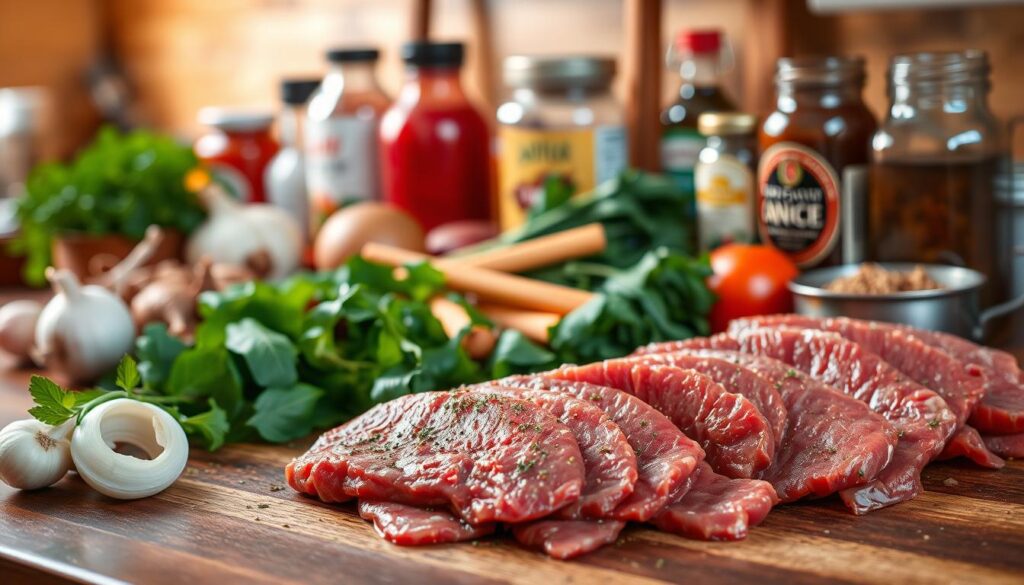
Simple Cooking Methods
Freeze slices for 30 minutes before cutting—this firms them up for even cooking. Pan-sear on medium-high heat for 2–3 minutes per side. Aim for an internal temperature of 160°F to ensure safety.
Pair with bold flavors to balance richness:
- Balsamic glaze adds sweetness.
- Caramelized onions mellow the taste.
- Garlic and rosemary enhance savory notes.
Recipe Ideas
Blend it into familiar dishes for a nutrient boost. Try a 1:3 ratio with ground meat in Bolognese or burgers. Here’s how:
- Mix 25% finely chopped liver with 75% ground beef.
- Marinate with olive oil, garlic, and herbs for 1 hour.
- Grill or bake until fully cooked.
Portion control matters—stick to 2–3 oz per serving. This balances benefits while keeping vitamin A in check.
Comparing Beef Liver to Other Liver Types
Exploring different organ meats reveals unique flavors and textures worth discovering. While all are nutrient-dense, their profiles vary—impacting how you cook and enjoy them. Let’s break down the differences.
Nutritional Differences
Calf liver is milder and tender, making it a gentler introduction. Pork liver packs more iron but has bitter notes that need bold seasoning. Here’s how they stack up per 100g:
| Type | Iron (mg) | Vitamin A (DV%) | Protein (g) |
|---|---|---|---|
| Beef | 5.8 | 522% | 29 |
| Calf | 4.9 | 380% | 28 |
| Pork | 6.2 | 280% | 26 |
Flavor and Texture Variations
Mouthfeel ranges from grainy (beef) to creamy (goose). Chicken liver is the mildest, ideal for pâtés. Duck liver (foie gras) is rich but high in fat.
Flavor intensity scale:
- Duck: Bold, buttery
- Beef: Earthy, metallic
- Chicken: Mild, slightly sweet
- Cod: Delicate, oceanic
“Pair stronger livers with acidic ingredients like lemon or vinegar to balance their richness.”
For beginners, chicken liver is the friendliest. Soak it in milk to soften the taste. Pork liver works best in stir-fries with garlic and ginger. Experiment to find your match.
Conclusion
Making smart food choices starts with understanding their full impact. With 29g of protein and 104% of your daily vitamin A per 100g, this ingredient delivers unmatched health benefits. Yet, balance is crucial—overdoing it may pose a risk.
Stick to 1–2 servings weekly to maximize gains safely. If the flavor doesn’t suit your diet, try desiccated capsules for a concentrated boost.
Your body thrives when you make informed choices. Pair knowledge with moderation, and you’ll unlock lasting vitality.
FAQ
What makes beef liver a superfood?
Can eating too much be harmful?
How does it compare to chicken liver?
Is it safe during pregnancy?
What’s the best way to cook it?
Who should avoid it?
For more cooking tips, stay connected with us. We also recommend the cookbook Skinnytaste Simple: Easy, Healthy Recipes with 7 Ingredients or Fewer
For more Recipes about Beef?
Did You try our recipe ?
There are no reviews yet. Be the first one to write one.
